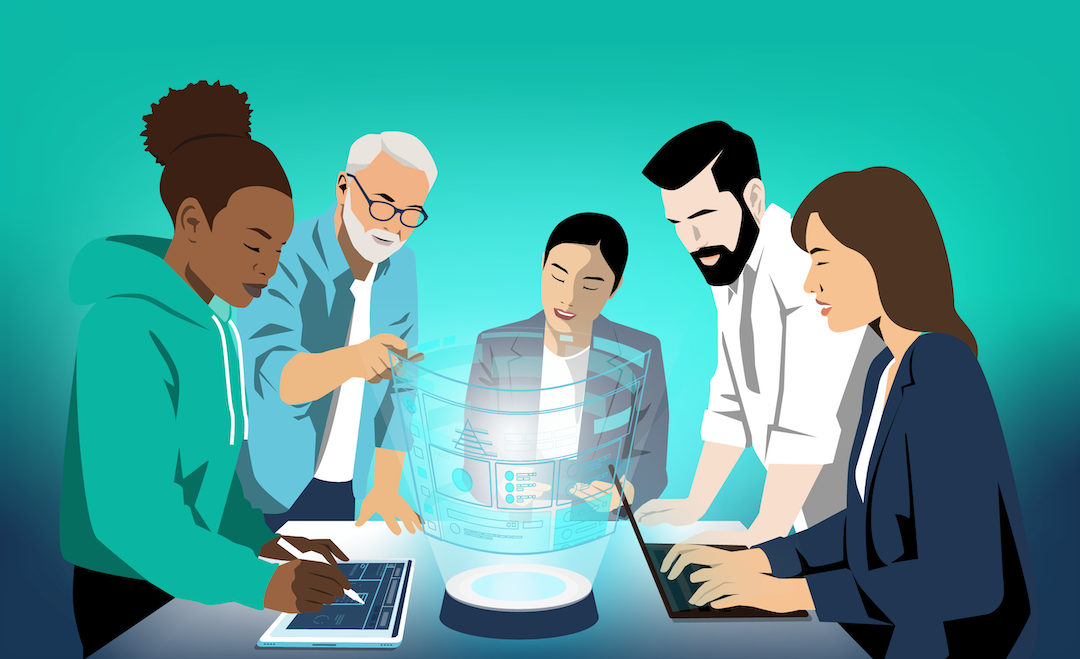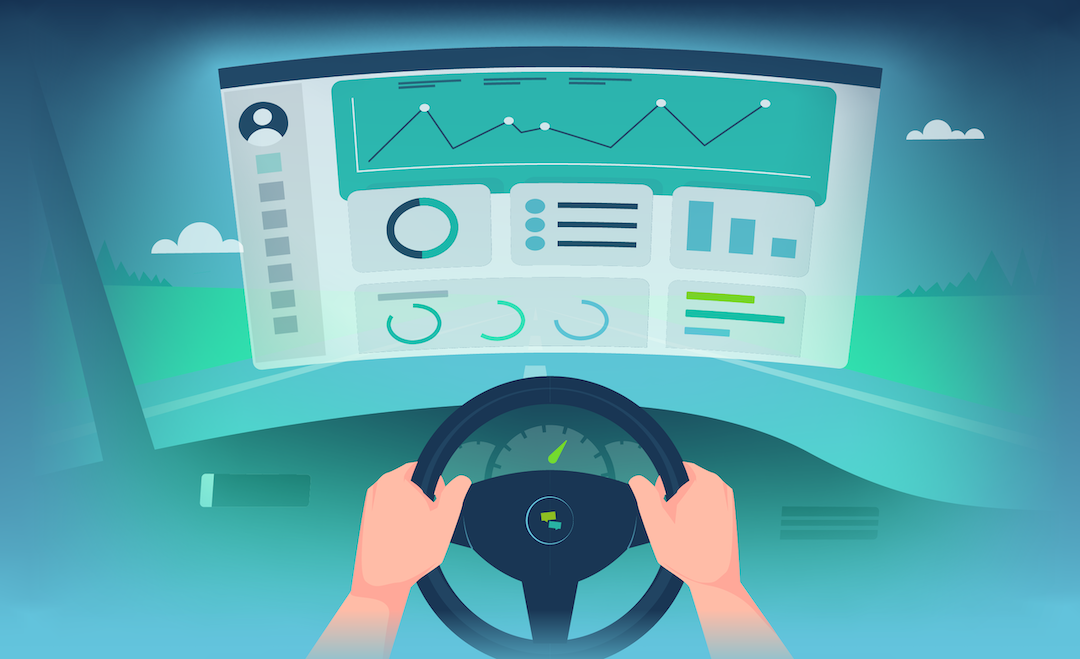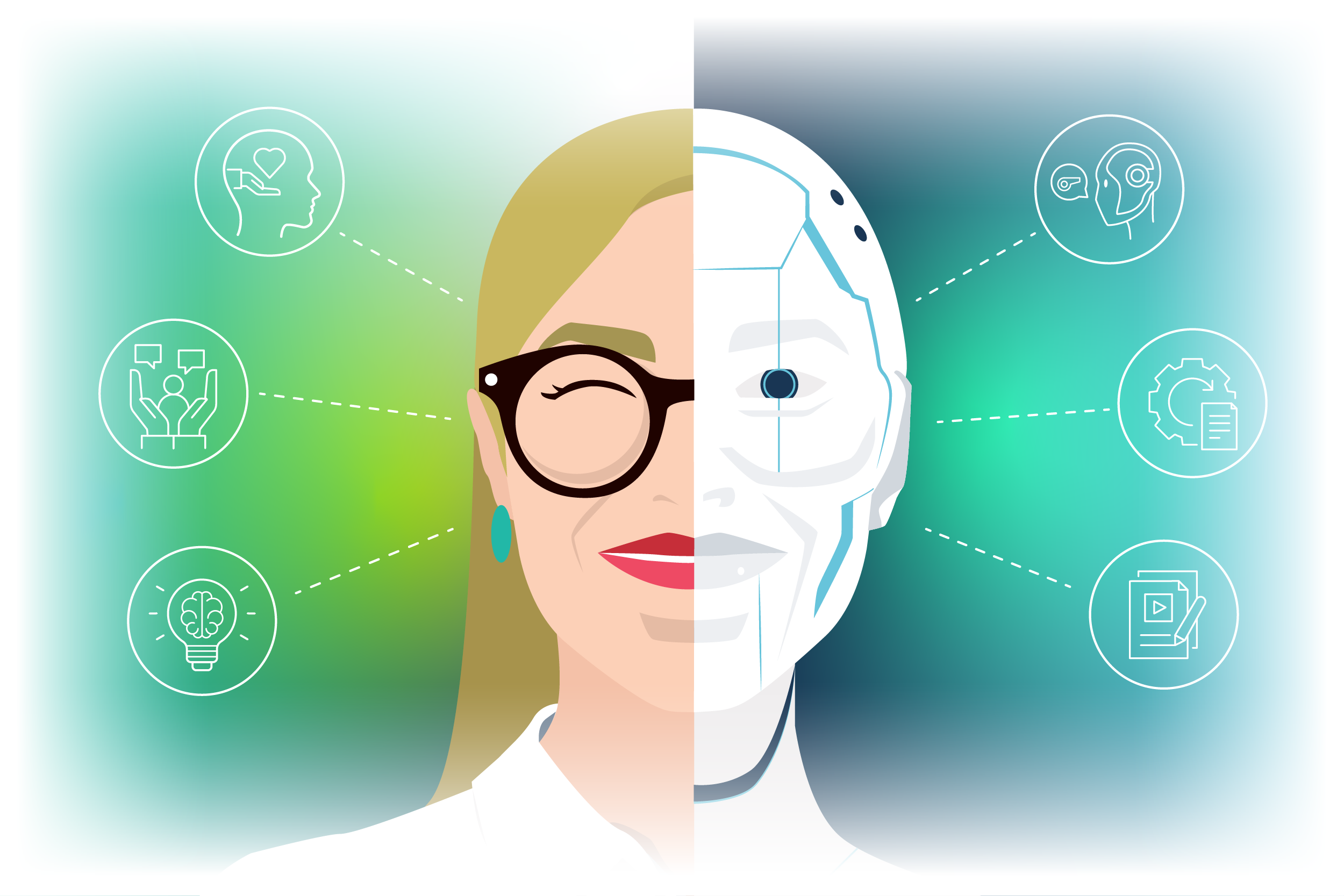
Let’s face it, artificial intelligence (AI) is everywhere. It’s writing our emails, curating our newsfeeds, and recommending our next binge watch. It even offers tantalising efficiencies for learning professionals. It’s fast, efficient, and undeniably clever.
But here’s the problem: learning isn’t just about speed. It’s about connection. We don’t want quicker info-dumps, we want better outcomes. And this requires a human touch. As computer scientist Fei-Fei Li reminds us, “human-centered AI is about augmenting human intelligence, not replacing it”.
Indeed, research shows that 7 out of 10 students still consider human interaction and guidance to be a crucial part of their learning process.
In this article, we’ll explore the powerful role ‘the human touch’ plays in designing effective learning experiences. Then we’ll look at how you can foreground this, while still benefiting from AI tools and solutions. Buckle up, we’re diving into the future of education!
The Rise of AI in L&D
Artificial intelligence (AI) is no longer just knocking on our doors. It’s already kicked its shoes off and made itself comfortable. Nowadays, it’s winning drone races, diagnosing hospital patients, and even helping scientists to locate Earth-like planets.
At its core, the field of AI focuses on creating machines and software that can think and act with human-like smarts. And it’s not just a clever concept. This is already a $244 billion market and it’s forecast to be worth as much as $1 trillion by 2031.
In other words, it’s a massive wave that’s reshaping everything, including how we approach learning and development (L&D). Think personalised and adaptive learning pathways, automated content creation, and intelligent chatbots ready to tackle learner queries at lightning speed.
We’ve dedicated an entire article to exploring the transformative impact of AI within L&D. You can find it here.
The Backlash: AI Fatigue
Like any meteoric rise, AI’s golden age has already provoked an inevitable backlash. For many, AI fatigue has started to set in. Another day, another ‘groundbreaking’ model, another ‘must-learn’ tool, and another existential debate. It’s exhausting.
Not convinced? Well, here’s the data:
- 50% of senior leaders are now reporting a decline in organisational enthusiasm around AI adoption.
- 72% of employees say there is significant scepticism about AI in their industry.
- 77% of employees claim that AI has actually increased their workload.
Funny, that’s not what the brochure promised! The truth is, GenAI is just a tool. An extraordinarily powerful one, yes, but still a tool. As such, its impact, for good or bad, depends entirely on how we use it.
At Growth Engineering, we’ve embraced AI not as a buzzword, but as a catalyst for deeper learner engagement. Personalisation at scale? Seamless automation? Fresh data insights? These aren’t just perks, they’re game-changers.
But perhaps there’s something to this AI fatigue. Having navigated the isolation of COVID lockdowns and rediscovered the vital warmth of human connection, are we now at risk of erecting a new digital wall between us?
AI: A Double-Edge Sword
So, where does this deep-seated yearning for human connection over the detached logic of algorithms come from? Perhaps the perceived lack of value stems from insufficient AI literacy. After all, 61% of employees are actively clamouring for better AI training.
Part of this reluctance may also be due to the shadow cast by AI’s depiction in popular culture. Indeed, over a third of the global workforce (36%) lives with the anxiety of potential job displacement due to artificial intelligence.
That’s to say nothing of the apocalyptic visions of the future served up by Hollywood blockbusters like I, Robot, The Terminator, and 2001: A Space Odyssey. Unfortunately, the issues don’t stop there. Here are some further considerations to keep in mind.
- Bias: AI systems are only as good as their training data. If that data is tainted with existing societal biases, the AI will inevitably reproduce and amplify them. This could lead to unfair or inequitable learning experiences that subtly disadvantage certain groups. Worryingly, USC researchers have found bias present in up to 38.6% of the ‘facts’ that underpin AI models.
- Sustainability: The immense computational power required to train large AI models and maintain their complex infrastructure leaves a considerable environmental footprint. In fact, research suggests that AI adoption will lead to a doubling of electricity consumption before the decade’s end. As a result, 64% of business leaders are concerned about AI’s negative impact on their sustainability goals.
- Cost: These AI solutions also come with a hefty price tag. Unfortunately, this cost barrier can make advanced AI (or customised solutions) inaccessible to smaller organisations, or those working with budget limitations. Indeed, 69% of business leaders are worried about the cost implications of wider AI usage.
- Over Reliance: The seductive efficiency of AI also carries a potential danger. Could we become overly reliant on this technology and risk losing our edge? For example, this study highlights a concerning connection between AI usage and human decision-making, suggesting that it drives ‘laziness’ in 68.9% of cases. What’s more, another study found that ‘higher confidence in GenAI is associated with less critical thinking’. Yikes!
The Power of the ‘Human Touch’
Okay, the pitfalls of an uncritical, ‘all-in’ approach to AI are now clear. So, how can we strategically balance AI with genuine human connection to tip the scales towards positive outcomes? Well, let’s start by exploring a few reasons why this balanced approach works so well:
1. Empathy & Emotional Connection
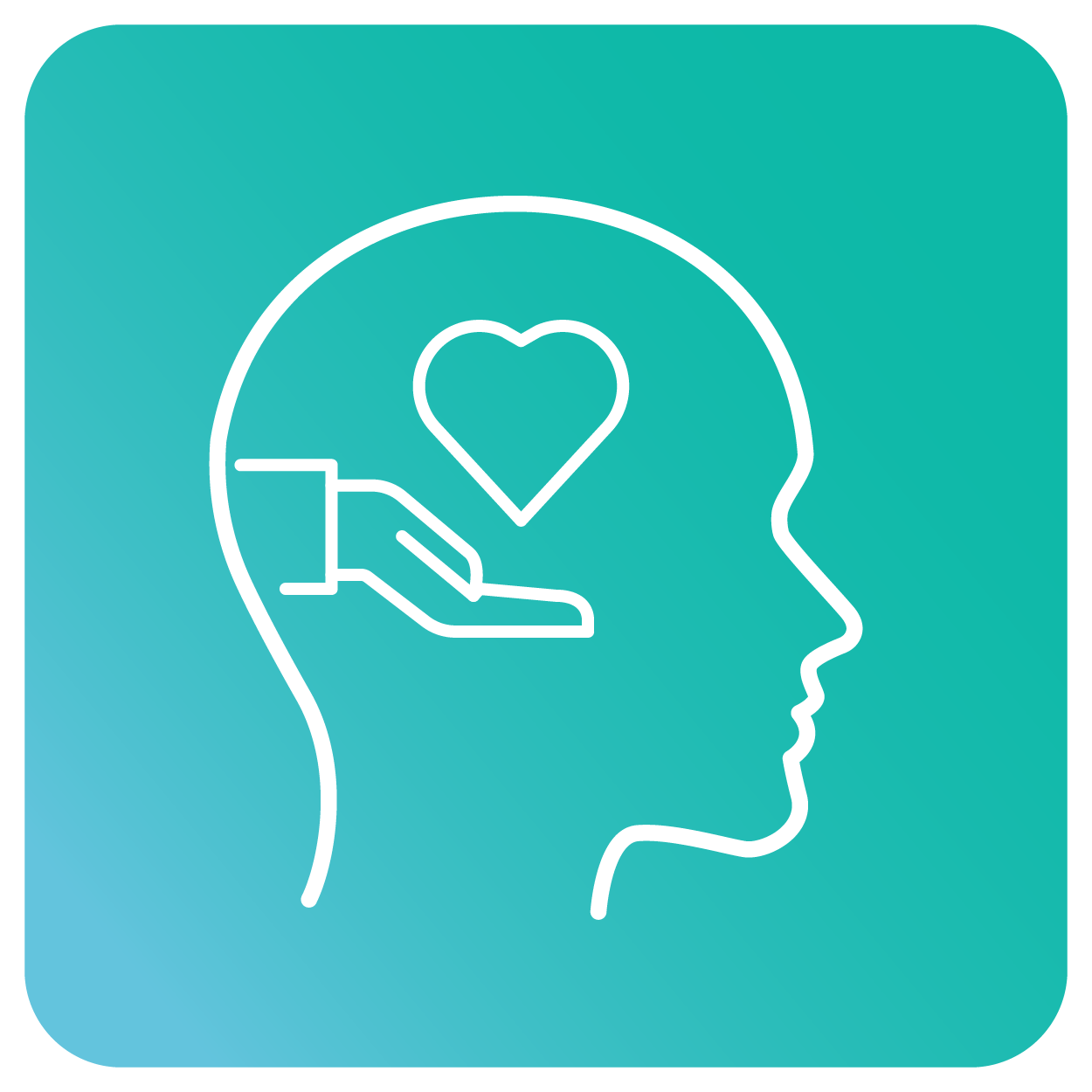
Learning isn’t just a cognitive process. It’s also deeply intertwined with our emotions. We tend to remember the impactful, the moving, and the surprising, and not the monotonous, or the uninspiring. Activating our limbic system and establishing a firm emotional connection with learning material is a catalyst for engagement and motivation.
Likewise, when learners feel understood, respected, and emotionally safe, they’re more likely to take risks and actively participate. This empathetic approach from instructors and facilitators builds trust and rapport, laying the foundation for growth. But don’t just take our word for it:
- 88% of survey respondents agree that mutual empathy between employers and workers translates to increased efficiency.
- This study finds that empathy ‘appears to be a particularly promising determinant’ for high-quality teacher-student interactions.
- Likewise, this research finds that ‘valuing emotional relationships’ helps to fuel learners’ ‘enthusiasm, attention, and recall’.
2. Facilitation & Guidance

Anyone fortunate enough to have experienced a truly exceptional teacher or witnessed a master instructor in action, will understand the profound impact they can have.
Beyond mere instruction, they excel at interpreting subtle visual cues, providing timely support, and authentically celebrating learner achievements. This deeply human element is difficult for AI to replicate. And here’s why it matters:
- 31% of students identify a lack of human connection and motivation from their teacher as the primary drawback of AI-based learning.
- In fact, organisations with mentoring programmes report profits that are 18% better than average. Connection clearly drives progress.
- Over-reliance on AI can also come at a steep social price. This study found that increased AI engagement at work heightened feelings of isolation and loneliness.
3. Real Social Learning
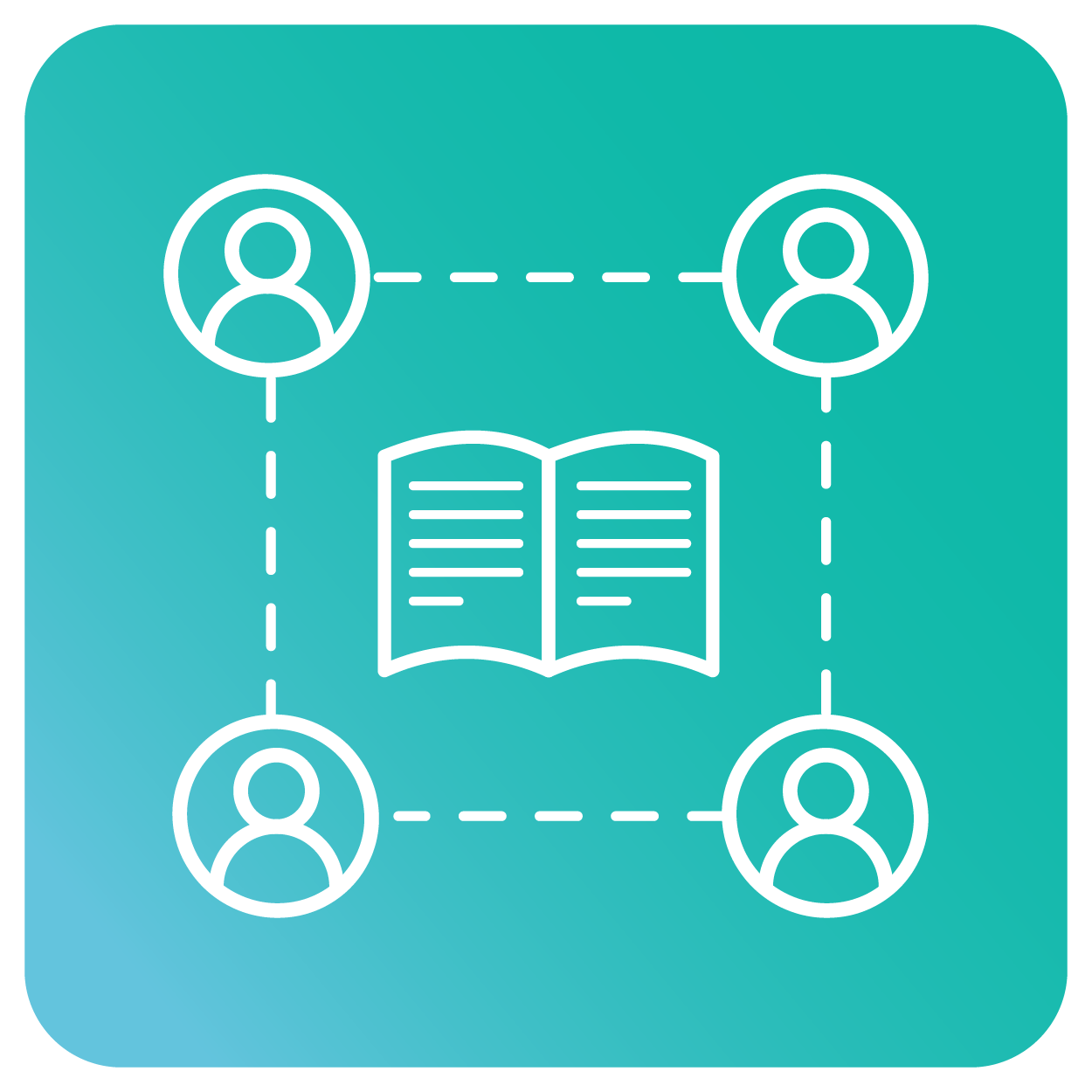
Here at Growth Engineering, we’re passionate believers in the power of social learning. After all, collaborative learning approaches account for approximately 20% of all our knowledge intake in the workplace.
There’s an interesting conversation to be had as to whether chatting to an AI coach (or participating in ‘conversational learning’) counts as genuine social learning. For now, at least, there seems to be something special about human-to-human interaction that AI just can’t capture.
This includes, for example, the ability to decipher the nuances of social dynamics and complex human behaviours, and the capability to display genuine empathy, creativity, and spontaneity. This is a shame as:
- Studies find that using social learning tools can boost productivity by up to 25%.
- Studies also show social learning elements boost course completion rates by 85%.
- One of our clients has seen an average 20% increase in sales through a social learning approach.
4. True Creativity
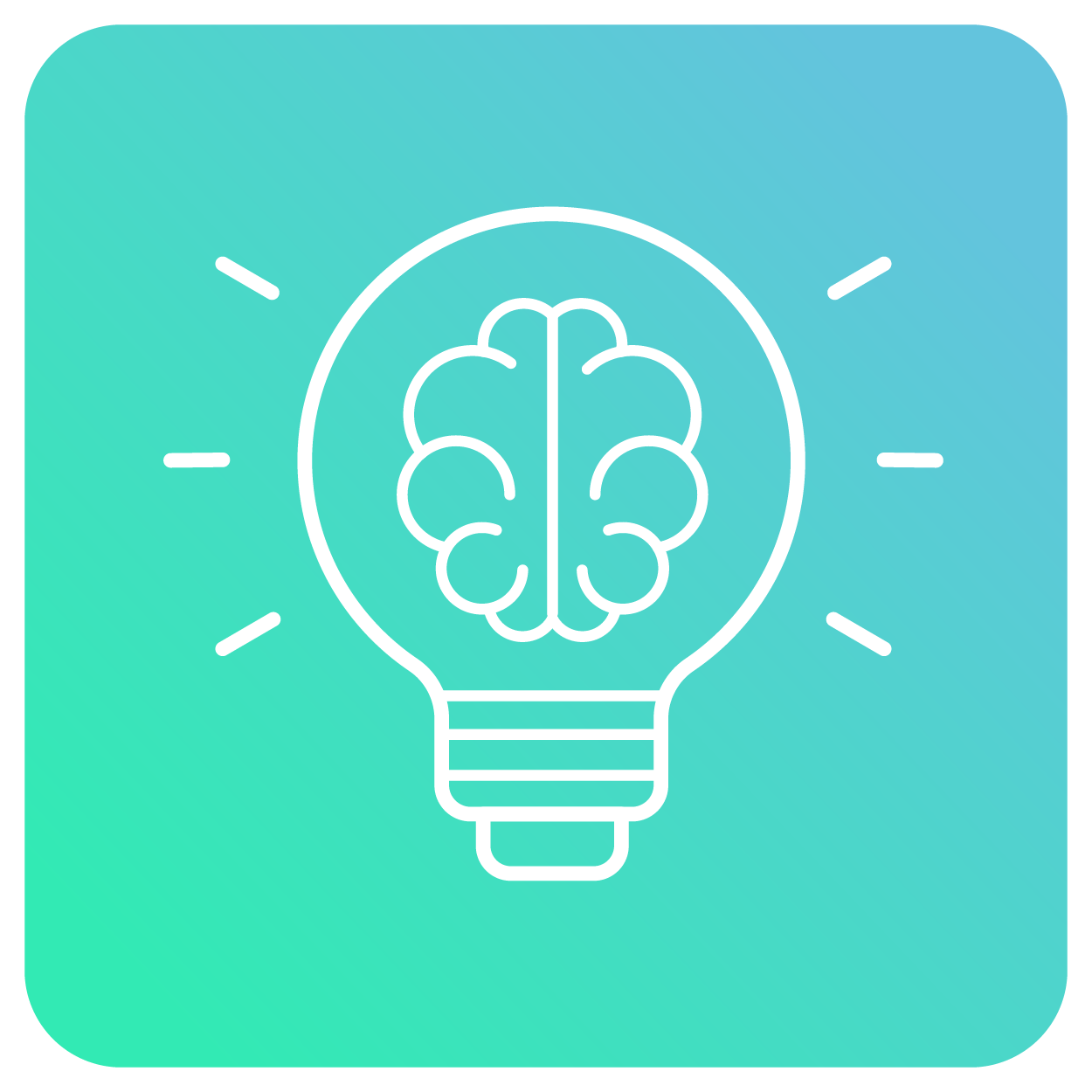
Creativity is a wondrous force. It’s a lightning rod for genuine innovation, social progress, and personal fulfilment. It can also elevate learning from a forgettable exercise to a truly revolutionary experience.
Humanity has long been the go-to source of all real creativity, but the advent of GenAI challenges our position. As you’ve probably seen, the internet is now awash with AI-generated articles, images, videos, audio, and the like. But is this real creativity?
- Most research suggests this isn’t creativity as we know it. As this study points out, ‘AI can only produce artificial creativity’.
- As Dr Jennifer Haase puts it, ‘The output is quite fascinating, but one can also argue that these tools are nothing more than statistical prediction machines’.
- However, we should note that research does show that AI can boost human writers’ creativity by as much as 26%.
5. Contextual Understanding

When it comes to learning, context is important. Our brains are wired to seek patterns and connections. Without this, information can feel abstract, isolated, and difficult to grasp. Unfortunately, AI isn’t great with context.
For example, AI could completely miss the obvious sarcasm in a phrase like “great, another compliance training session!” It may also miss subtle shifts in tone and emphasis, and overlook visual cues that a human would instantly recognise.
Unlike us, AI’s understanding remains tethered to its dataset, meaning it can never draw on outside context to solve a problem. In fact, this kind of contextual awareness is still thought to be decades away.
For example, this study shows that AI is yet to form a ‘coherent understanding of the world’. Indeed, while it can provide turn-by-turn driving directions through New York City, it does this without forming an accurate internal map of the city.
This means that obstacles and detours can cause AI’s performance to plummet dramatically. Likewise, while humans find it easy to apply general rules to problems (such as removing a repeated character from writing), AI systems consistently miss the mark.
How to Reclaim The Human Touch in L&D
Having established the indispensable value of humanity in L&D (phew!), let’s now shift our focus. In this section, we’ll explore the practical strategies you can use to attain proper balance. Remember, the goal isn’t to eliminate AI from learning processes entirely, but to ensure it’s used only to enrich and augment our human-led efforts.
Here’s some tips for getting started:
- Blended is Splendid: As a learning technology provider, we’re huge advocates for online learning approaches. However, these experiences are best balanced with in-person training that allows for moments of direct connection, feedback, and collaboration. For example, you could use AI to deliver foundational knowledge and in-person or virtual workshops to facilitate deeper discussion.
- Fantastic Facilitators: What embodies the human touch better than a skilled teacher or instructor? These individuals bring genuine empathy, emotional intelligence, and the ability to read and respond to learner needs in real time. As such, take care to position your human instructors at the very heart of your learning experiences. Above all, resist the temptation to let AI coaches and other technological novelties overshadow their role.
- Intelligent Interaction: You should also strive to incorporate activities that encourage collaboration and communication. For instance, consider sprinkling in group projects, online forums, and other team-up moments. This will allow your learners to connect with each other on a human level, while also cultivating their interpersonal skills.
- Empathetic Design: When you’re crafting your next training masterpiece, ensure you try on your learners’ shoes (metaphorically, of course). Think about what makes them tick, what hurdles they’re facing, and what kind of emotional needs they might have. Don’t throw an AI solution at a problem that needs a human response. Instead, seek to create a supportive and inclusive environment that prioritises your learners’ well-being.
- AI Assistance: Now, we’re not suggesting that you throw all your AI tools out the digital window. Just remember, AI should remain your sidekick, rather than the driving force behind your learning programme. We recommend using artificial intelligence to handle administrative tasks, content personalisation, and number crunching. This will leave you with more time to actively teach and inspire!
- Focused Feedback: Reclaiming the human touch also requires listening to your learners and adjusting to their needs. To do this, you’ll need to seek out qualitative feedback from them about their experiences with both the AI-driven and human-led aspects of your training. You can then use this information to adjust and optimise your programme accordingly.
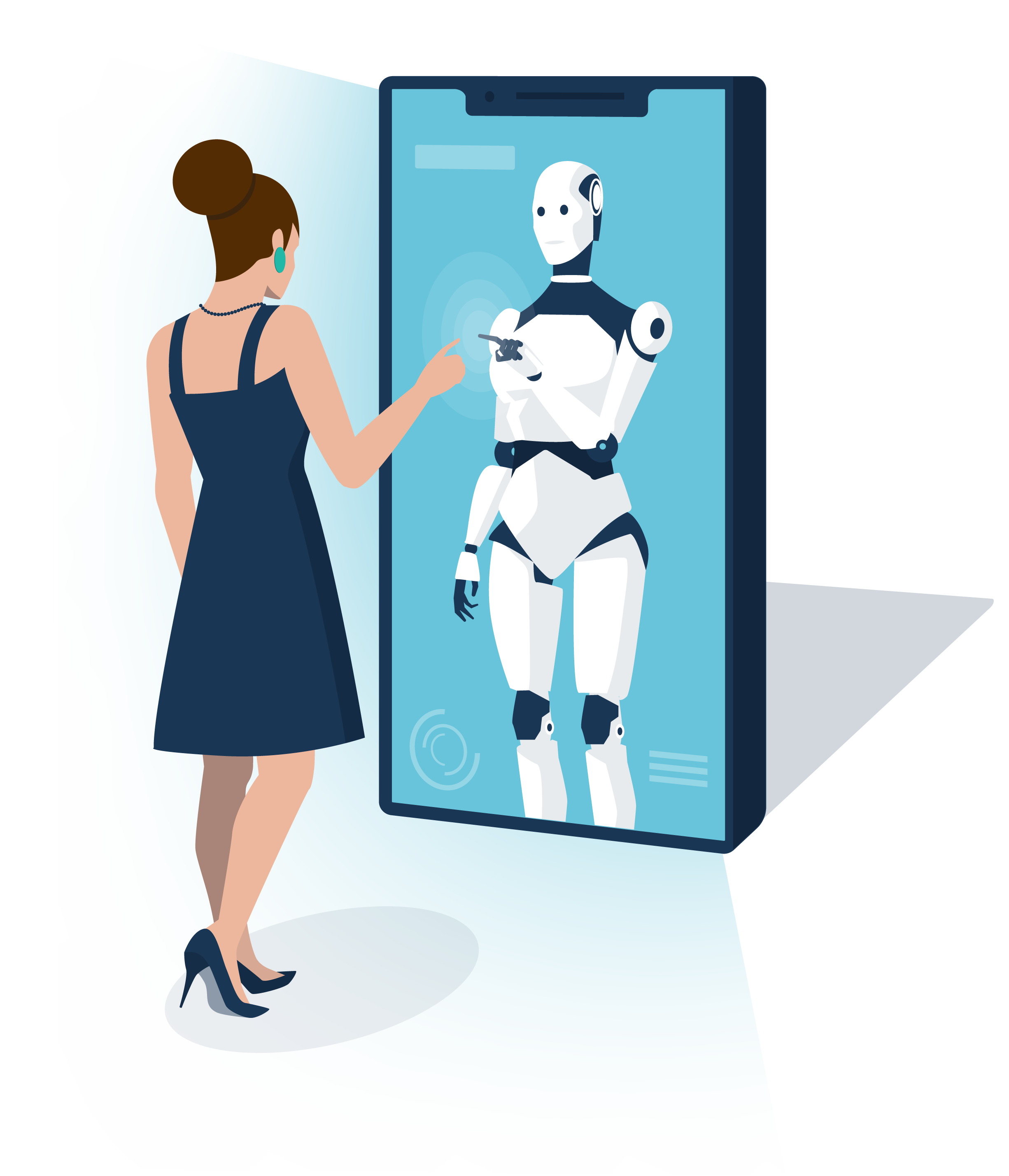
The AI-Powered Future of L&D
The AI genie is well and truly out of the bottle. That means it’s here to stay, and ignoring its potential is no longer an option. Instead, you should see this as an opportunity to position yourself at the forefront of L&D innovation.
Forget sci-fi showdowns. The future of L&D isn’t about AI versus humans. It’s about a powerful partnership. By consciously weaving the essential human touch into every learning experience, you’ll achieve a crucial balance that unlocks superior results.
Of course, this evolution will demand a shift in our roles. L&D professionals are now on their way to becoming strategic curators, masterful orchestrators, ethical compasses, and resolute champions of human connection.
And with AI as a powerful ally, the possibilities for impactful learning are limitless.
Final Words
Like it or not, AI isn’t the future, it’s the now. For learning pros, this means adapting or getting left behind. Thankfully, this doesn’t mean you have to remove all traces of humanity from your learning experiences.
Instead, think of AI as your trusty sidekick, or the Chewie to your Han Solo. It’s powerful, but it still can’t match the magic of real human connection. There’s just something special about the energy of a great debate, those ‘Aha!’ breakthroughs, and steadfast encouragement from a mentor figure.
These moments are worth holding onto. So, harness AI’s brainpower, but double down on what makes us human — empathy, creativity, and spontaneity. This is what algorithms can’t replicate (yet). Now go out there and teach and train like only you can!
Thanks for reading! If you’ve enjoyed this content, please connect with me here or find more articles here.
Feeling ready to conquer the AI-driven future of L&D? Don’t get left behind! Grab your copy of our ‘L&D Professional’s Handbook‘ now for 160+ essential tips and strategies to navigate the changes and emerge as a leader!


